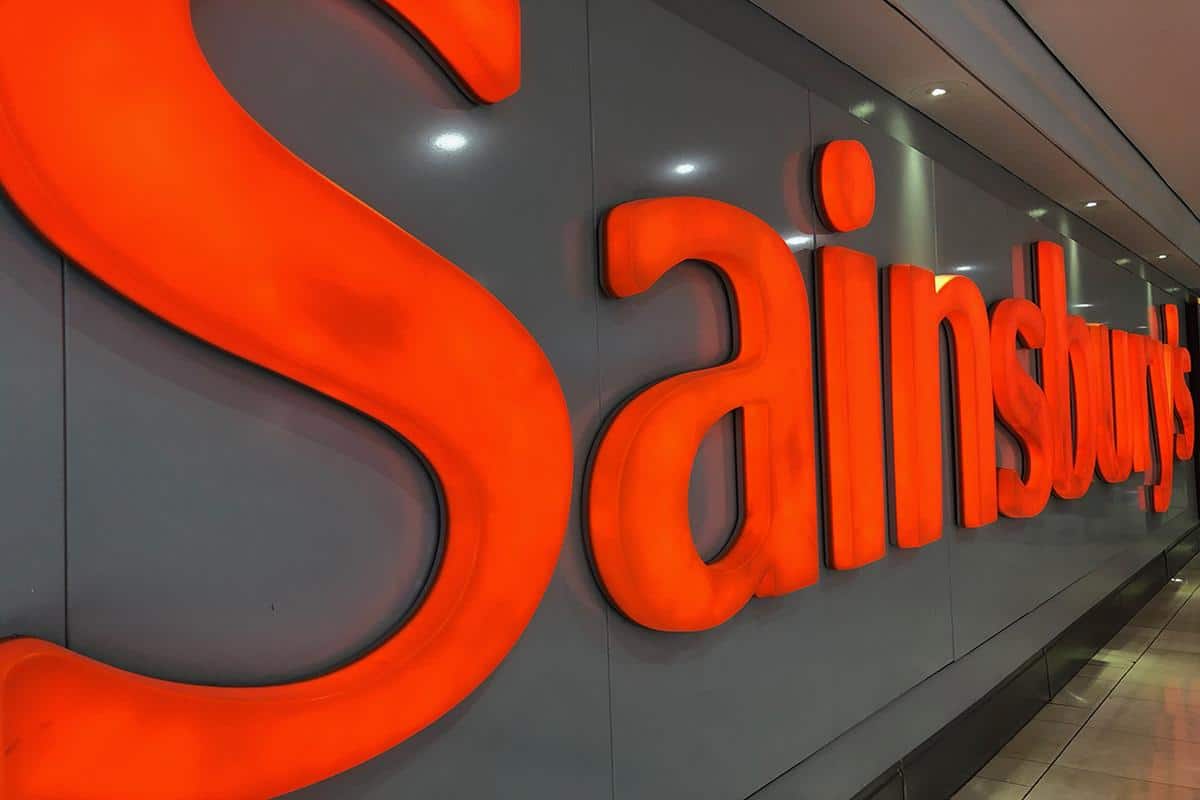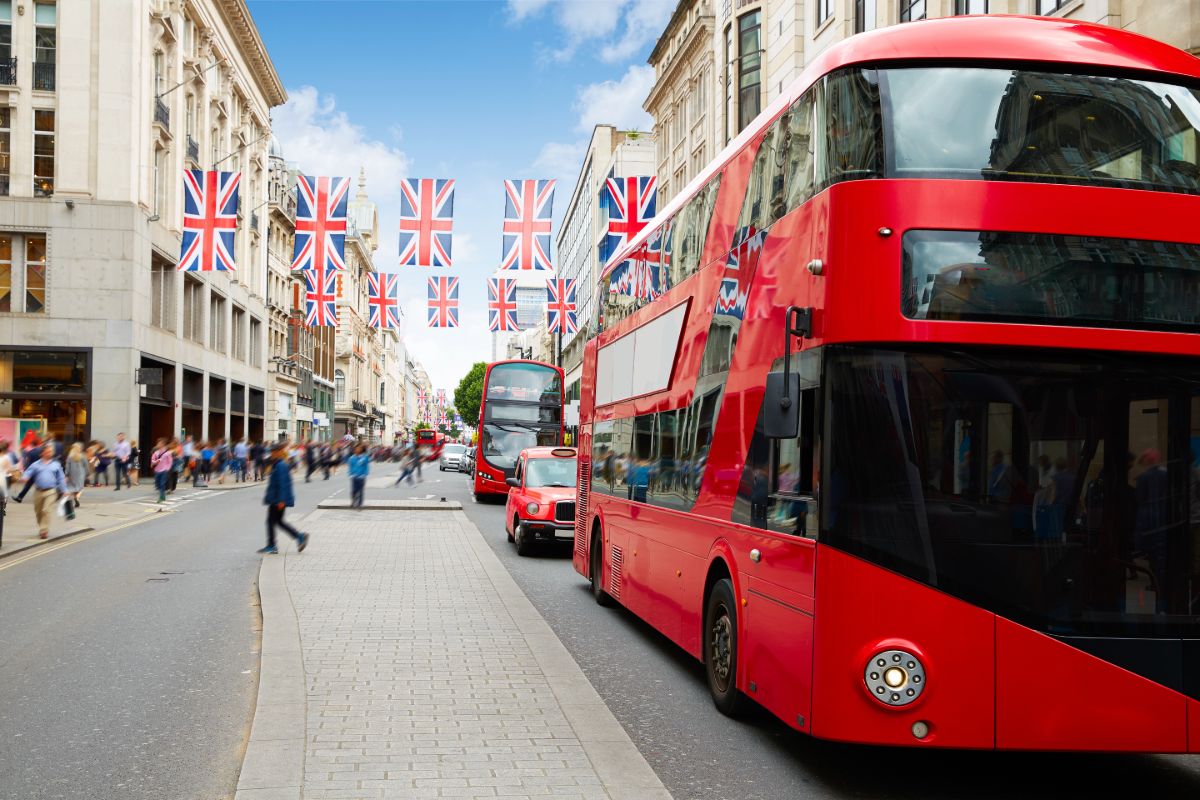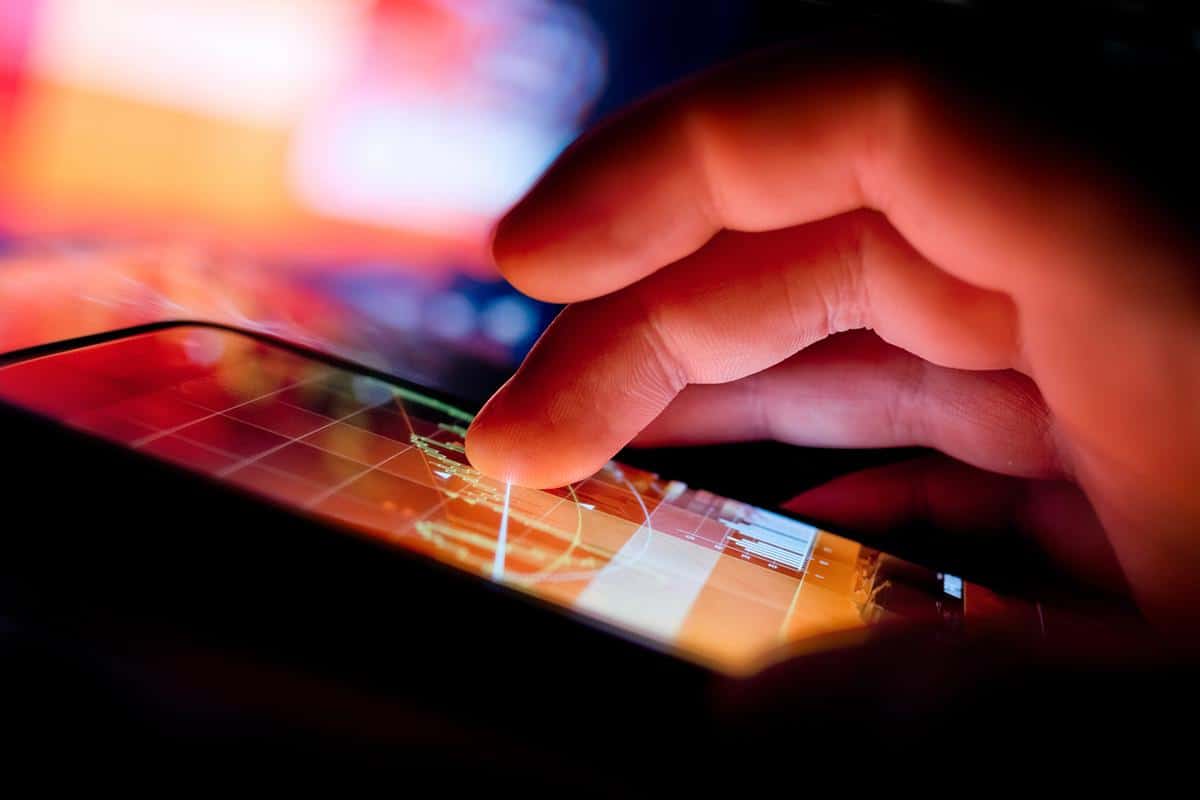There’s a saying in bio-sociological circles that ‘Evolution enables, culture forbids’ and anyone who has read the frankly excellent treatise on humanity Sapiens; a Brief History of Human Kind by Yuval Noah Harari will know this to be true. And this theory relates very well to Apple Pay’s roll out across the UK last week.
Apple Pay – which in its first iteration here is really just a nice brand front-end for NFC contactless payments – is an evolution of how both payments and mobile are used. Not a great leap forward like agriculture, city dwelling or empire building (though how ‘great’ these were is debatable), but an evolution that could set both on a new path.
However, the prevailing culture around how people view payments and money in general – especially their money – makes it unlikely that much will be done using Apple Pay. Like the Apple Watch, there will be some people who get it and want to embrace it (only 3million sold so far, according to some analysts, though Apple is not releasing any figures), but overall Apple Pay is going to get people aware of mobile payments, not using it.
Retailers too have cultural barriers to using Apple Pay and mobile payments. Some leaders in the field are embracing it and have rolled it out in their stores, but the vast majority haven’t. Why would they? There aren’t that many iPhone 6 users around relatively speaking and of those not all will be using Apple Pay – or indeed able to, as not all Banks are on board yet.
For those retailers that do, anything over £20 is going to require the card to also be inserted into the PoS and the PIN entered, sort of making the process even more complicated than it was before Apple Pay. Another strange quirk of culture: you can have it, but you can’t really use it. Yet.
There are some successes, though. Early reports are that Apple Pay is going great guns on the London Underground – where NFC bank cards have replaced contactless pre-paid Oyster cards – with people tapping in and out, but elsewhere there have been issues with getting it to work.
Of 26,000 tweets about Apple Pay analysed by social intelligence platform Brandwatch, 10% were about how it doesn’t work. Even the BBC’s technology correspondent, Rory Kellan-Jones failed to get it to work to buy a Latte next to BBC HQ in central London at Caffe Nero.
Of course, there will be teething troubles with technology, but the press it garners and the attention it has lavished on it doesn’t help the cultural swing towards embracing the technology.
Ironically, what is perhaps more likely to get people wafting their NFC-enabled handsets about – especially the more prevalent, mass-market Android ones – is Greggs’ move to use NFC in its loyalty programme. This major step forward it bringing NFC to the masses went largely ignored in the hoopla around Apple Pay, but is in many ways much more significant.
Greggs’ is a very different ‘culture’ to the rarefied world of Apple Pay and its demographic and is likely to make more people use NFC than Apple Pay will in the UK – certainly to start with. This could well be what ignites the market for NFC and m-payments/loyalty outside the London metropolitan elite. All thanks to the humble sausage roll. Now that’s evolution at work, that is.








